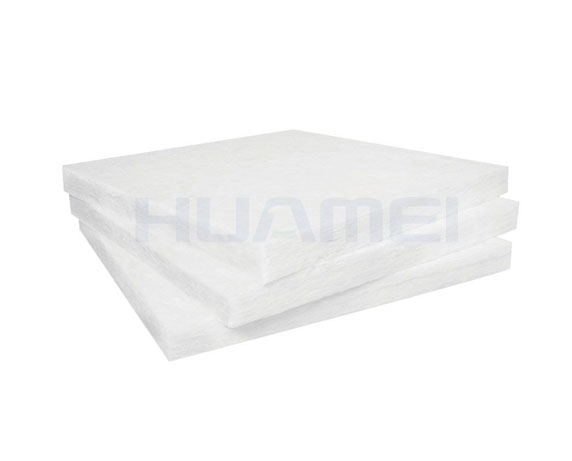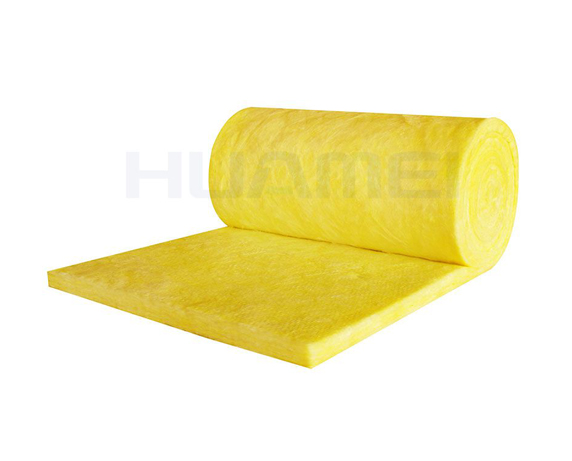E-mail: marketing@hbhuamei.com
Glass wool is an insulating material made from glass fibres that are arranged using an adhesive to form a wool-like texture. The process traps many small air pockets between the glass and these result in high thermal insulation properties. Glass wool is produced in rolls or sheets and has different thermal and mechanical properties.
It can also be produced as a material that can be sprayed or applied to the surface to be insulated. The modern method of producing glass wool was invented by James Slayter while working for the Owens-Illinois Glass Co. He first patented the new process for manufacturing glass wool in 1933.
Glass wool is an insulating material made from glass fibres called borosilicate glass, which are arranged with an adhesive to form a wool-like texture.
Glasswool is used for partitions, roofing, ceilings/vaults, flooring, metal construction as well as industrial and automotive insulation.

Formaldehyde-free Glass Wool
Glasswool is used as an insulation and coating that saves energy by effectively reducing the rate of heat transfer through the components of a house. glasswool provides insulation that protects the building envelope, keeping heat inside in the winter but allowing it to escape in the summer to improve comfort and save energy.
Both are the same component, as Glasswool can sometimes be referred to as fibreglass insulation or fibreglass.
In general, the thermal conductivity of glasswool is between 0.023 and 0.040 W/m∙K. Thermal conductivity is defined as the amount of heat (in watts) transferred through the squared area of any material of a specified thickness (in millimetres) due to a temperature difference.
Glasswool is made primarily from sand and recycled glass. Its extraordinary thermal properties help to save energy and combat climate change.
The manufacturing process of Glasswool is as follows.
The main components of Glasswool are sand, soda ash, limestone and recycled glass; stored in silos. The process starts with weighing, mixing and pouring the components into the furnace.

Centrifugal Glass Wool
The mixed components are then melted in an electric gas furnace at temperatures in excess of 1,400°C.
The liquid glass obtained from the furnace is then passed through the feeder to the fibrillator where, with the help of a centrifugal spinner, it is pushed through small holes - forming fibres. These fibres are sprayed with binder and shaped into blankets.
The fibre blanket is passed through the curing oven, where it is compressed to the required thickness.
After the final thickness has been obtained, the blanket is cut to the required width. The trimmings obtained during cutting are eventually recycled to avoid waste.
Prior to packaging, the mats are rolled with the help of a board winder equipped at the end of the line. A stacker is provided for the boards.
As required, the glass wool can be compressed to ten times its volume for palletizing. The total of 36 rolls of glass obtained during this process can be packed on a pallet. (soaking pit)
For more information about the glass wool properties, welcome to contact us at +86 22 2626 2121 or write to us at marketing@hbhuamei.com. We will be happy to help you out!
Copyright © Huamei Energy-saving Technology Group Co., Ltd. All Rights Reserved | Sitemap | Privacy Policy
Insulation solutions LIST: Insulation solutions LIST